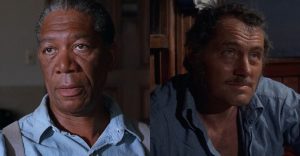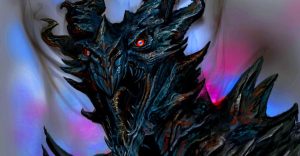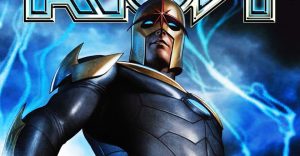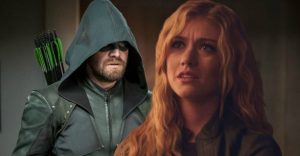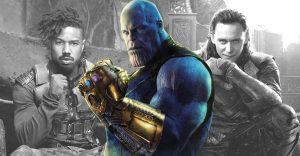How Star Wars: The Clone Wars Retconned Episode II’s Clone Troopers

In Star Wars: Episode II – Attack of the Clones Lama Su describes Clone Troopers as “totally obedient, taking any order without question,” but their many appearances in Star Wars: The Clone Wars and other Canon and Legends non-movie material essentially retcons this statement. In both continuities, Clone Troopers are depicted as taking on names, personalizing their armor, developing friendships, and even starting romantic relationships with others. They also notably questioned direct orders. The tragedy of the Clone Troopers of both universes is that they were truly good men who were unaware of their real purpose: To help destroy the Jedi and turn the Republic into the authoritarian Empire.
In the original Star Wars timeline, the Expanded Universe (now known as Legends), the Clone Troopers’ free will was shown quite often. In 2003’s Star Wars: Clone Wars, a Clone Pilot questions Anakin Skywalker’s order to fire ordnance over the bow of one of their cruisers (not knowing that this was to help destroy CIS ships that were pursuing Anakin). The 2005 video game Republic Commando famously stars a squad of four clones, each with a name and distinct personality. When one of the squad members is overrun by CIS forces, the other three clones argue over disobeying their superiors and rescuing him. Many clones even disobeyed Order 66, the order to execute their Jedi allies.
The Canon animated series Star Wars: The Clone Wars, often featured Clone Troopers as the protagonists of entire story arcs, continuing the clones’ characterization that started in Legends material. The best example of the Clone Troopers’ free will was in the four-part story arc on Umbara. In this arc, the Clone Trooper Captain Rex and his platoon quickly learn that their temporary Jedi leader, General Krell, thinks of the clones as little more than organic tools of war, sending them on suicide missions that Rex and his men only survive by disobeying orders. In his gradually-apparent madness, the General orders two troopers to be executed for disobedience, a task that every Clone Trooper refused to carry out. Vindictively, Krell stages a friendly fire incident that leaves countless clones dead, leading Rex and his men to arrest and eventually execute the insane Jedi.
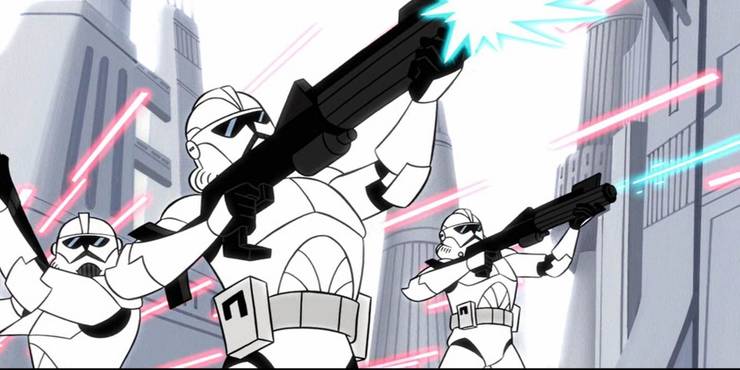
Krell’s hatred of the clones came from both his deteriorating sanity (and subsequent fall to the dark side of the Force) and his view of the clones being exactly as Lama Su described them in Attack of the Clones. If the Clone Troopers matched that description, they’d have blindly marched to their deaths on Umbara and Krell would have suffered no consequences. Like in Legends, there are examples of Canon’s Clone Troopers disobeying Order 66. Unlike Legends, however, their true purpose was enforced via a classified brain implant put in all clones as embryos. The few clones who retained their free will did so by removing their implants.
In both continuities, one of the main reasons why Clone Troopers defied their programming and demonstrated free will was the influence of their Jedi Generals (Krell being one of the few exceptions). The Jedi, knowing that all life is sacred through their studies and use of the Force, refused to treat Clone Troopers like mindless cannon fodder and instead helped them cultivate and express their free will. As a result, Clone Troopers tended to take on traits of their specific Jedi General. The best examples of this are Commander Cody and Captain Rex, who resembled Obi-Wan Kenobi and Anakin Skywalker, respectively. As both the Prime Minister of Kamino and a businessman, Lama Su’s description of the Clone Troopers in Star Wars: Episode II – Attack of the Clones was ultimately a sales pitch. The clones constantly demonstrated their free will in Star Wars: The Clone Wars and Legends material, proving their humanity.
About The Author












